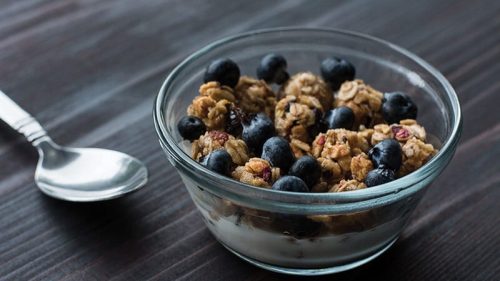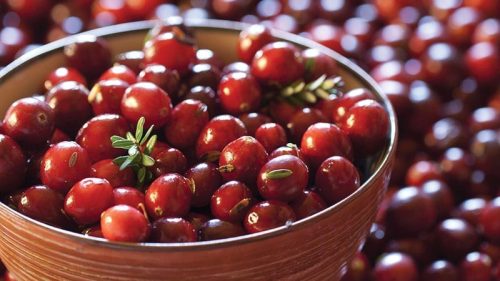The US Food and Drug Administration (FDA) announced in a letter of enforcement discretion that it does not intend to object to the use of certain qualified health claims regarding the consumption of yogurt and reduced risk of type 2 diabetes, provided that the qualified health claims are worded so as not to mislead consumers, and that other factors for the use of the claim are met.
A health claim characterizes the relationship between a substance and a disease or health-related condition. A qualified health claim is supported by scientific evidence but does not meet the more rigorous “significant scientific agreement” standard required for an authorized health claim.
The FDA responded to a qualified health claim petition submitted on behalf of Danone North America that requested that the agency review the use of a qualified health claim regarding the relationship between consumption of yogurt and reduced risk of type 2 diabetes for all types of yogurts that meet the FDA’s standard of identity. The petition also noted that the evidence supports the health effects of yogurt as a food rather than related to any single nutrient or compound and thus is independent of fat or sugar content.
After reviewing the petition and other evidence related to the proposed qualified health claim, the FDA determined that there is some credible evidence supporting a relationship between yogurt intake and reduced risk of type 2 diabetes, but this evidence is limited. As noted in the petition, the association was based on yogurt as a food, rather than any single nutrient or compound in yogurt, regardless of fat or sugar content.
The FDA considers 2 cups (3 servings) per week of yogurt to be the minimum amount for this qualified health claim. The letter discusses the factors that FDA intends to consider in the exercise of its enforcement discretion for the use of a qualified health claim on yogurt and the relationship between the consumption of yogurt and a reduced risk of type 2 diabetes.
The FDA intends to consider exercising its enforcement discretion for the following qualified health claims regarding the relationship between yogurt and reduced risk of type 2 diabetes:
- “Eating yogurt regularly, at least 2 cups (3 servings) per week, may reduce the risk of type 2 diabetes. FDA has concluded that there is limited information supporting this claim.”
- “Eating yogurt regularly, at least 2 cups (3 servings) per week, may reduce the risk of type 2 diabetes according to limited scientific evidence.”
For More Information:





